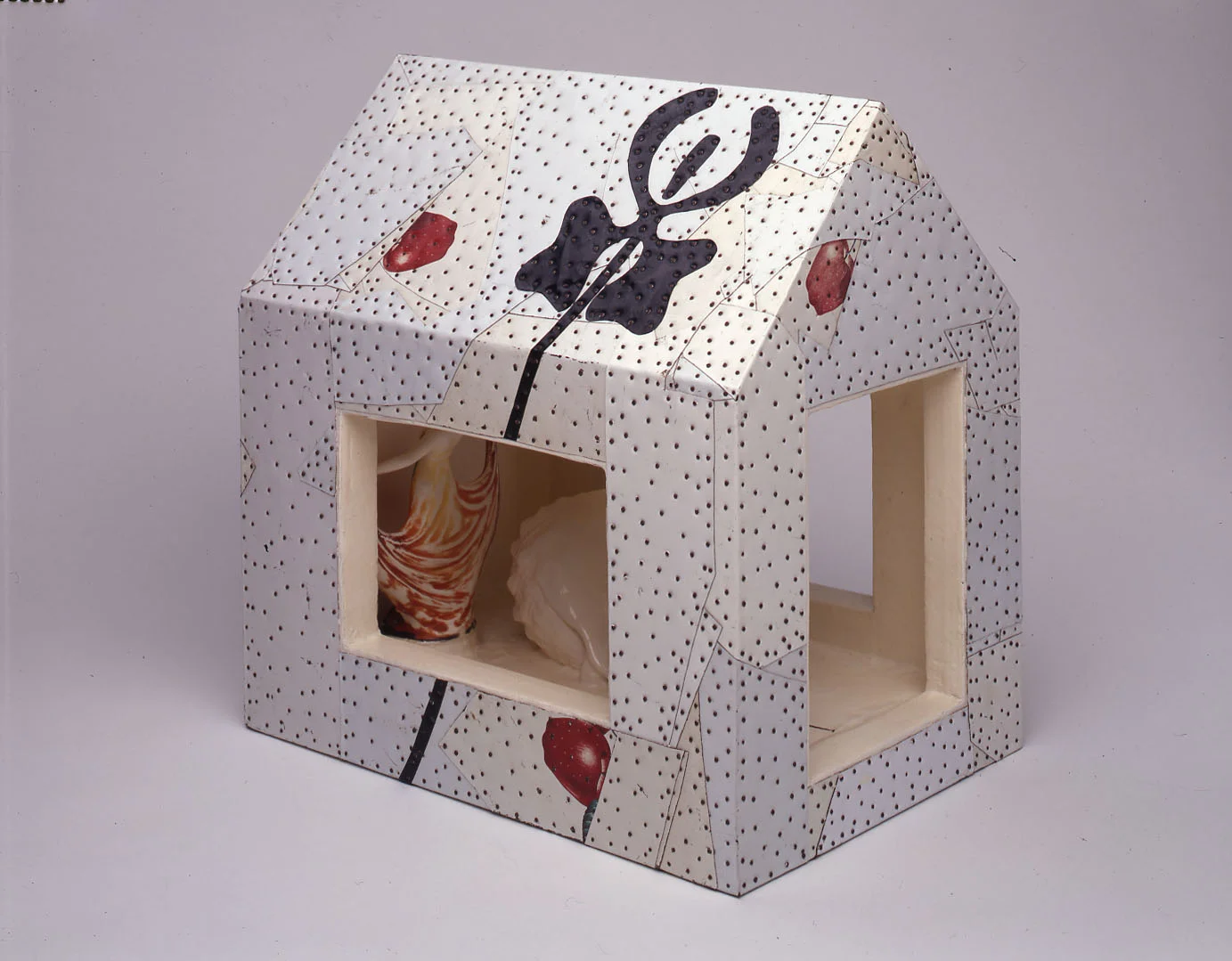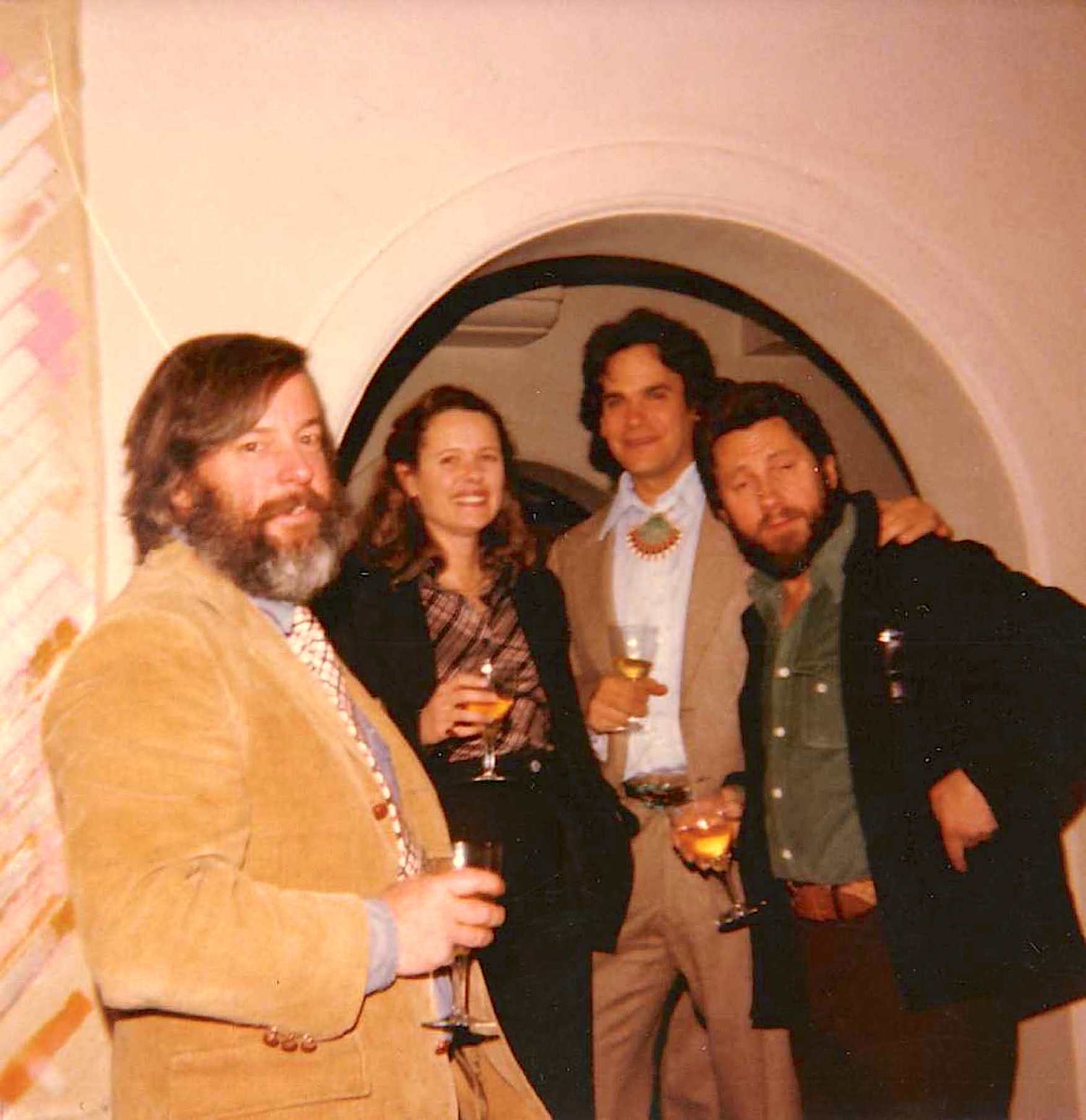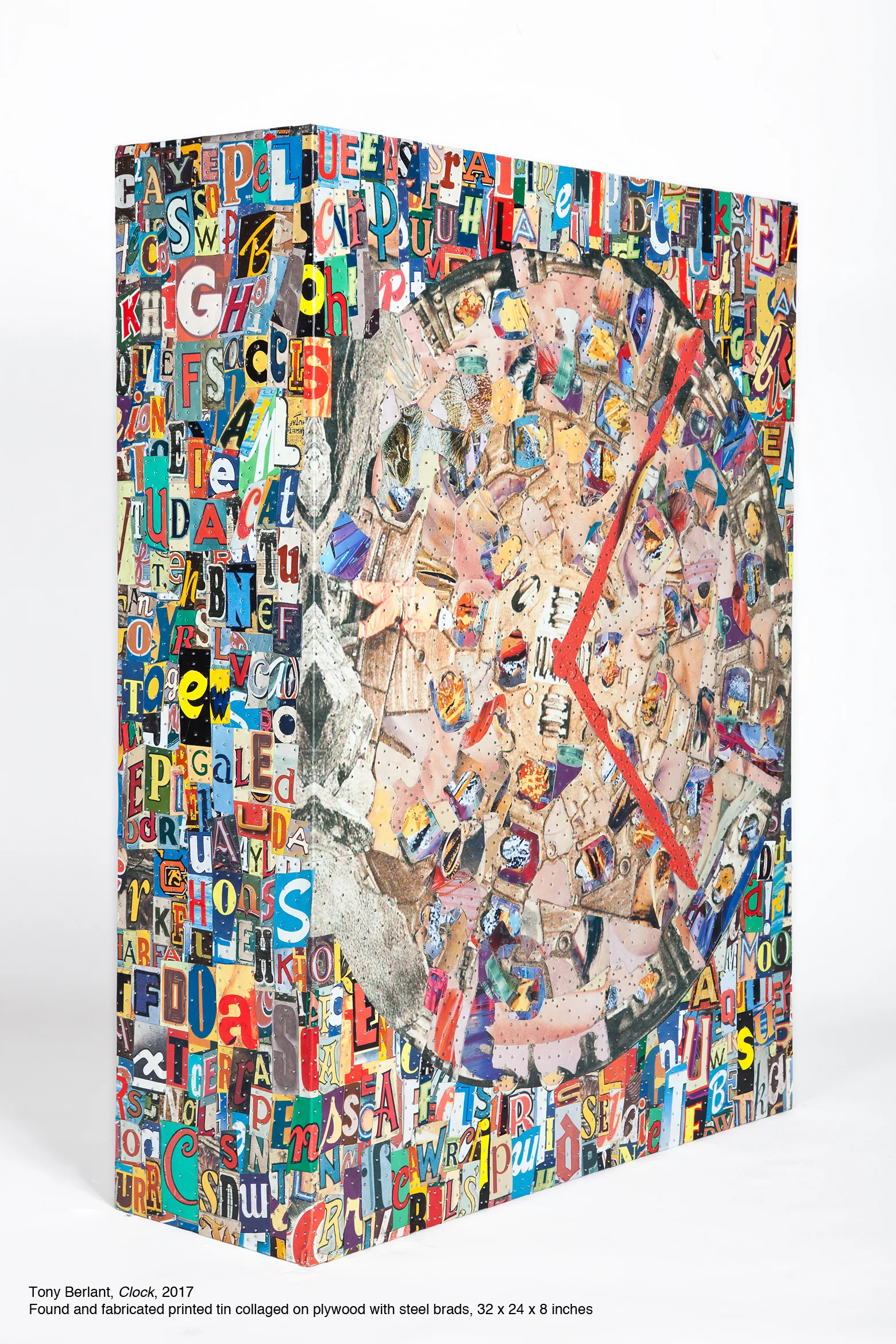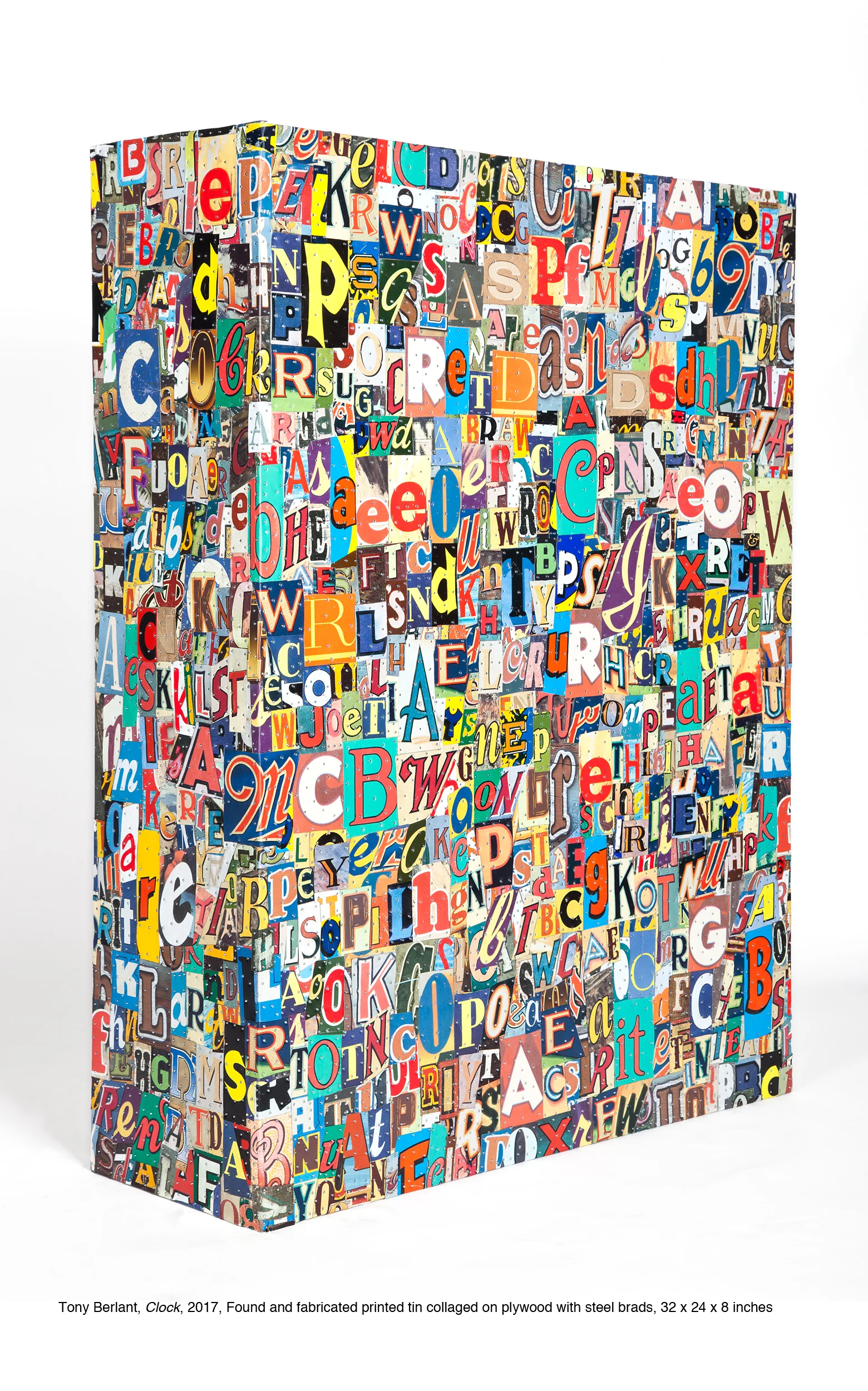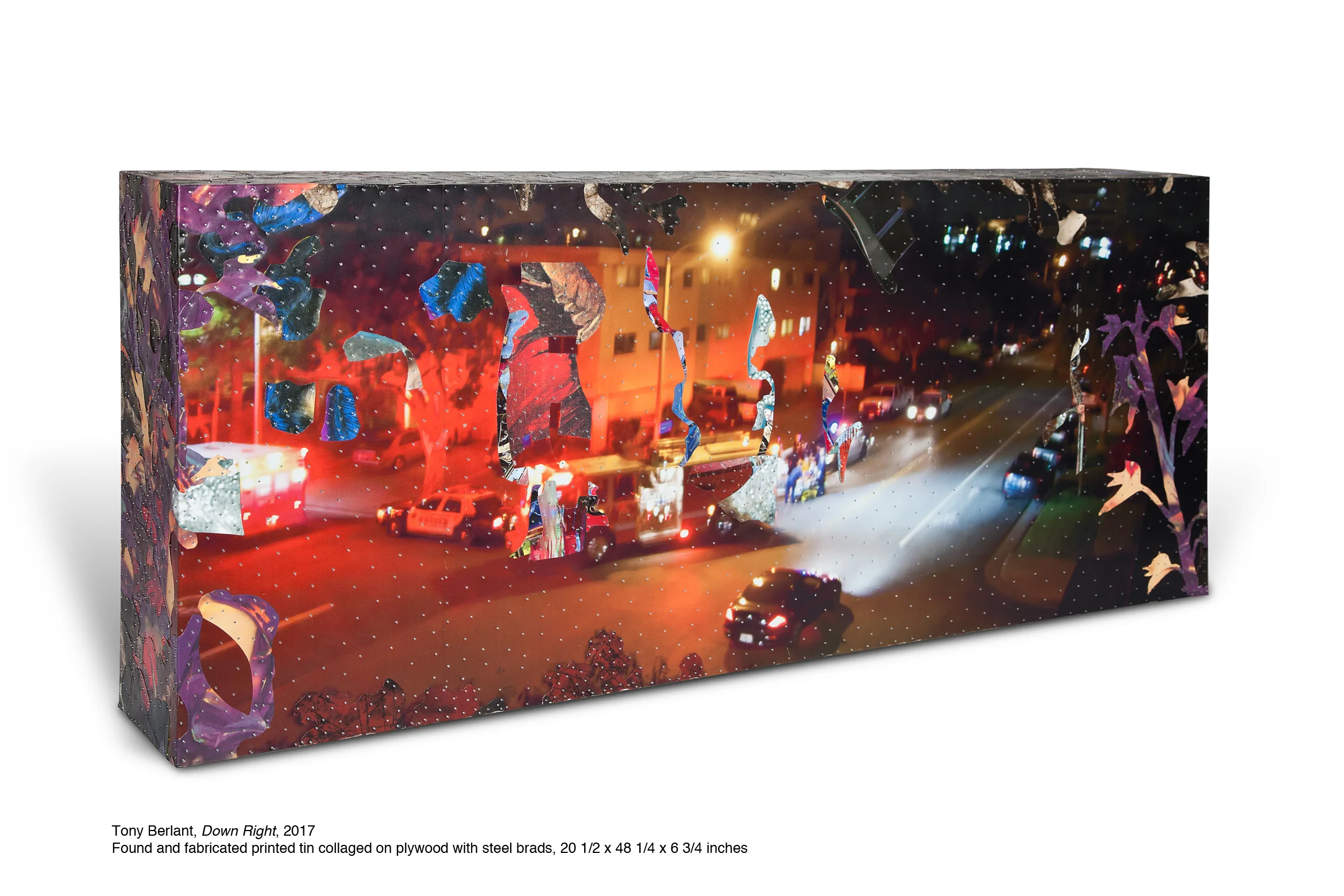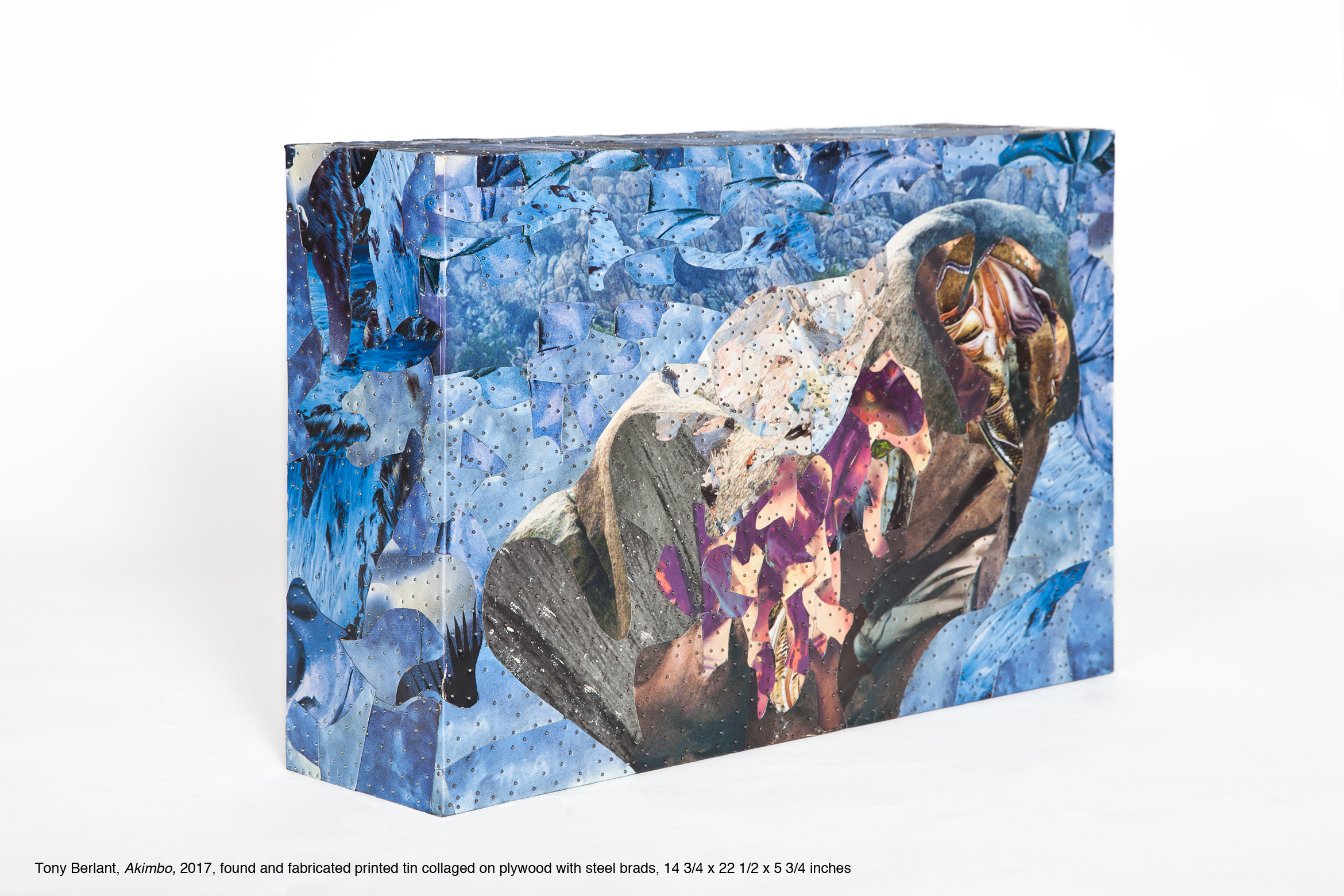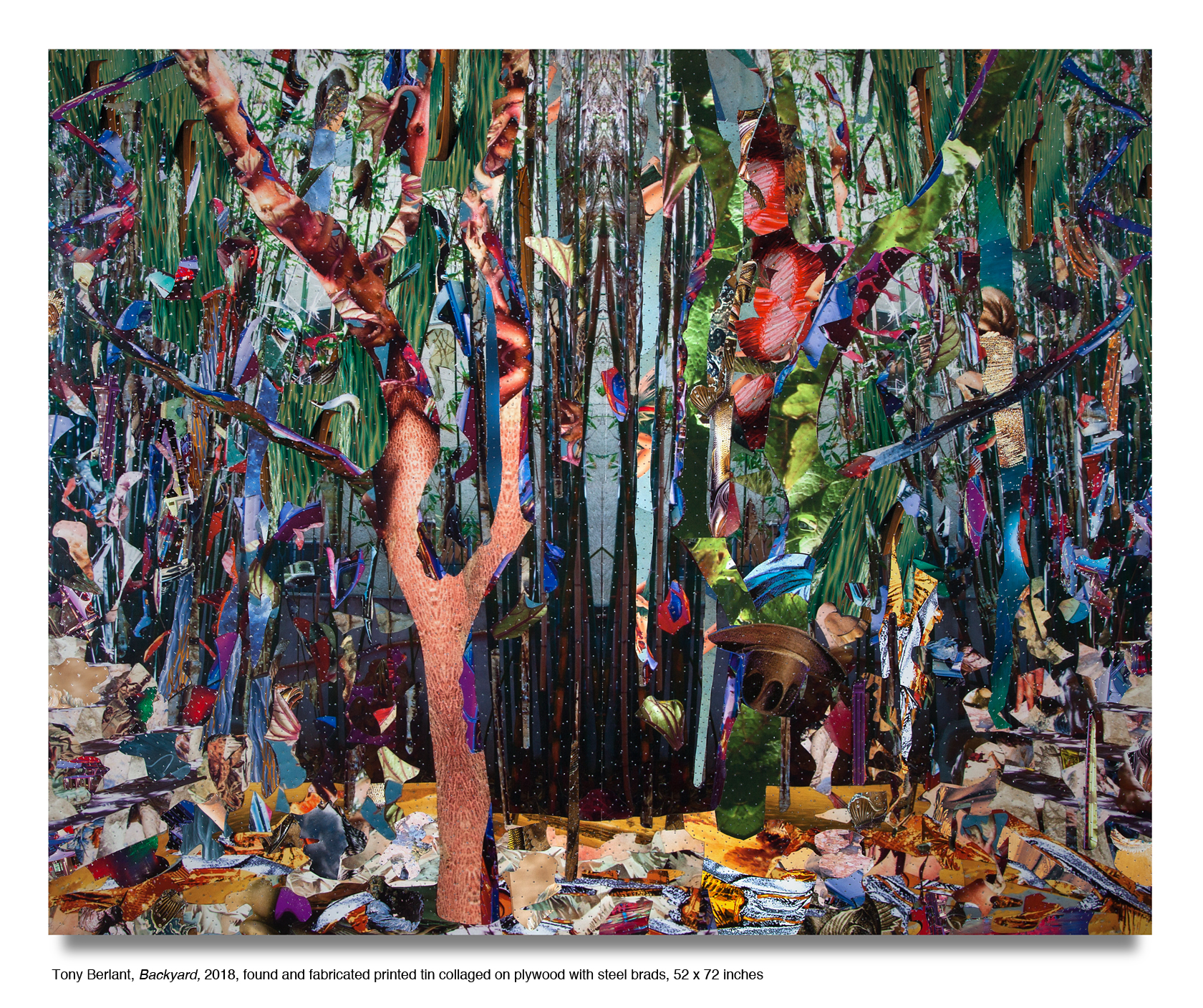TONY BERLANT
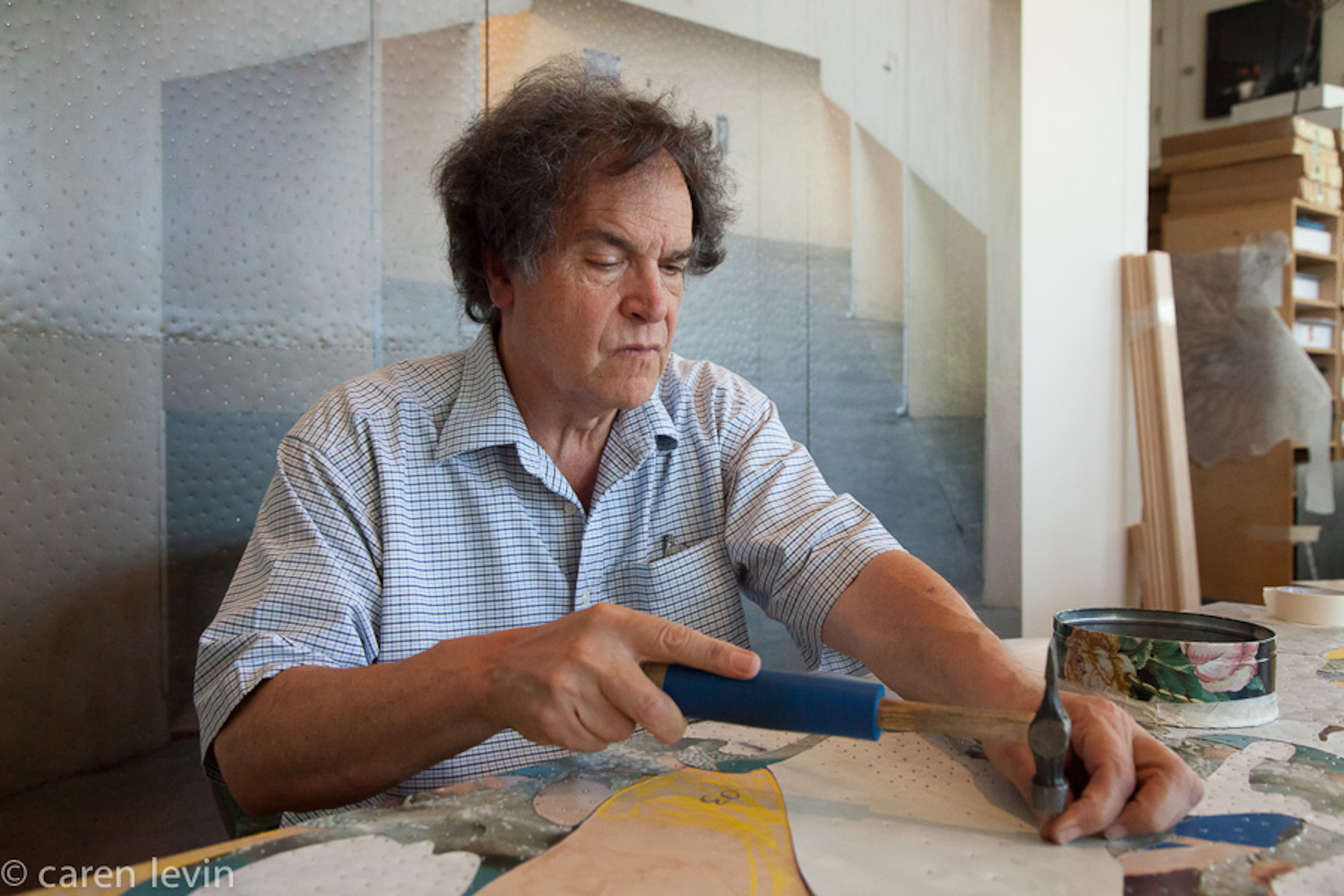
“Everything I have ever seen, ancient or just-made, has been filtered through me into my art.”
Interview by Amanda Quinn Olivar, Editor
Tony Berlant, like fellow Californian artists Ed Ruscha, Bruce Conner, and Joe Goode, has been instrumental in establishing the aesthetic sensibility of the West Coast Pop Art movement. He received MFA degrees in painting and sculpture at the University of California, Los Angeles in 1962 and 1963 as a student of Richard Diebenkorn, and would later join its faculty. Berlant has exhibited across the United States, with solo exhibitions at the Whitney Museum of American Art, New York; Los Angeles County Museum of Art; and Contemporary Arts Museum, Houston. Works by Berlant are held in numerous prominent collections, including Los Angeles County Museum of Art; Smithsonian American Art Museum, Washington, D.C.; Hirshhorn Museum and Sculpture Garden, Washington, D.C.; Art Institute of Chicago; and Museum of Contemporary Art, Los Angeles.
Amanda Quinn Olivar: As a child, Tony’s work captivated me... It still does. He and his family have always been a part of our life, part of our family. My twin sister Jennifer and I grew up curiously peering inside his large metal house in the entry of our home. We wanted to figure out what was going on inside Tony’s whimsical world... filled with bodies, clouds, light... and for us, magic.
Rock Man Canyon, 1969
44 ½ x 42 x 30 inches
Found plaster and ceramic figures, stainless steel and nails over plywood, zolatone, polyester, resin and light
Rock Man Canyon (detail), 1969
44 ½ x 42 x 30 inches
Found plaster and ceramic figures, stainless steel and nails over plywood, zolatone, polyester, resin and light
Amanda Quinn Olivar (AQO): You're known for your tin cubes and painterly collages... and for using a lot of NAILS! What informs your subject matter?
Tony Berlant (TB): The subject for my work has always been focused on creating an external manifestation of self. I usually start with an idea for each piece but hope to abandon the plan as I work.
The work of every artist is both a manifestation of self, and an expression of the cultural traditions within which they were made.
AQO: When you first started working with tin, where did you find your materials?
TB: I was especially drawn to collage, so when a small market down the street from my studio in Venice was torn down, it revealed generations of tin advertising signs and prompted my start in using printed tin as a primary art material.
Tony Berlant in studio - 1982
Adam and Eve, 1966
14.5 in x 10.25 in x 14.5 in
Found metal collage with brads over plywood; polyester resin, enamel, ceramic and plaster objects, and seashell
AQO: What made you want to be an artist?
TB: Seeing Picasso’s Weeping Woman with Handkerchief at the L.A. County Museum of Art in 1959 was the catalyst that set me on the art path.
AQO: You started collecting Southwestern Native American art in the '60s. Can you tell me about your exposure to Navajo rugs and Mimbres pottery?
TB: I am an involuntarily committed collector, and have focused on aspects of American Indian Art. The areas I chose to specialize in, Navajo blankets, Mimbres pottery, and early man sculptures, knocked me out… and the lack of interest in these areas made it possible to assemble great collections.
Ken and Happy Price, Tony Berlant, Ed Moses - Late '70s
Woods Davy, Alexis Smith, Tony Berlant – Early '80s
AQO: What are you exploring now, and what led you to your current series on view at Kohn Gallery?
TB: Everything I have ever seen, ancient or just-made, has been filtered through me into my art. In recent years, I have incorporated photographic images I’ve made into my work, combined with images found on printed tin. This intertwining of the past and the present twists in a new and alive pattern.
AQO: What is your favorite art accident?
TB: My favorite art accident was growing up in L.A.
Tony Berlant with his first painting, Encounter Number 36, at LACMA’s annual Artists of Los Angeles County and Vicinity competition - 1960. Painting selected by critic Clement Greenberg.
Tony Berlant’s exhibition Fast Forward at Kohn Gallery runs through November 3rd, 2018. Berlant also recently co-curated the exhibition Decoding Mimbres Painting: Ancient Ceramics of the American Southwest at LACMA. The exhibition runs May 20 through December 2, 2018.
Feature portrait of Tony Berlant by Caren Levin. Other images courtesy of Tony Berlant, the Joan Agajanian Quinn Archives and Kohn Gallery.



